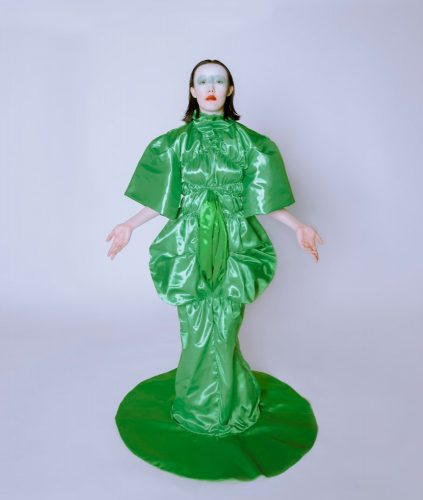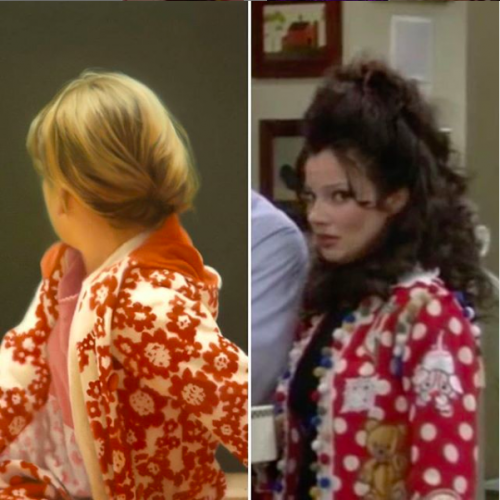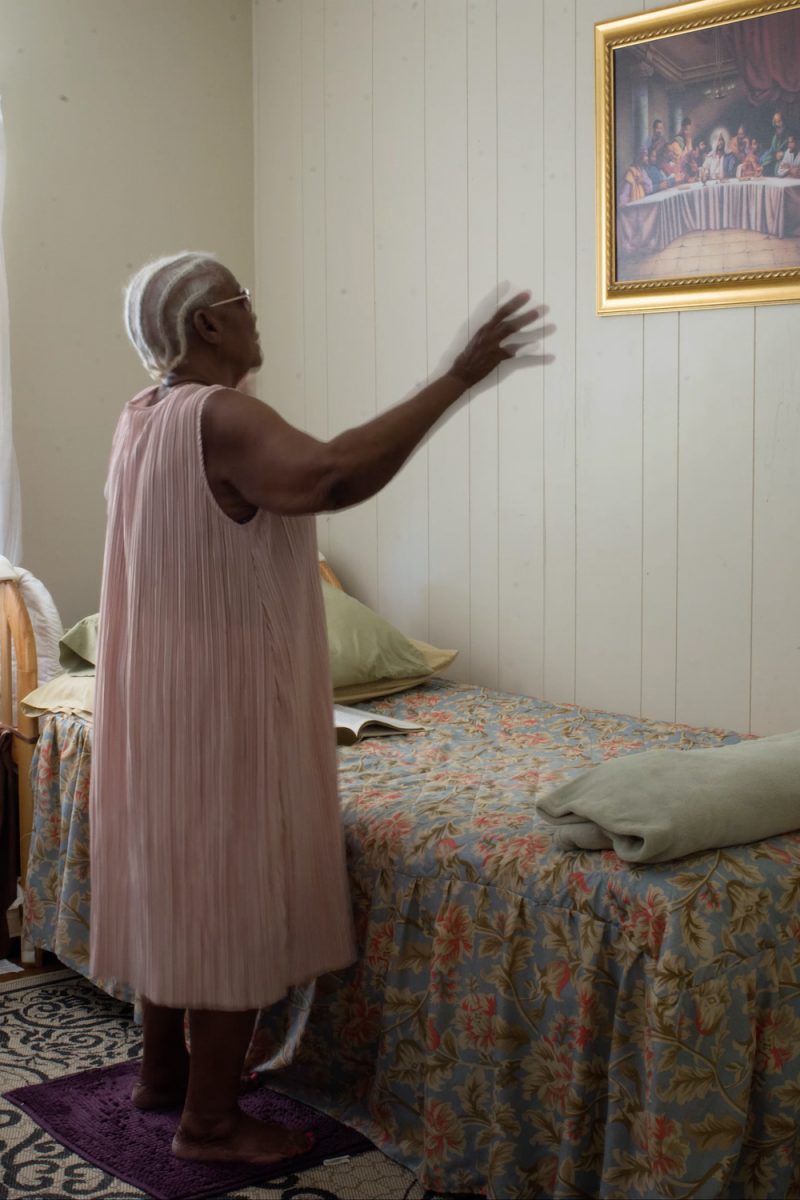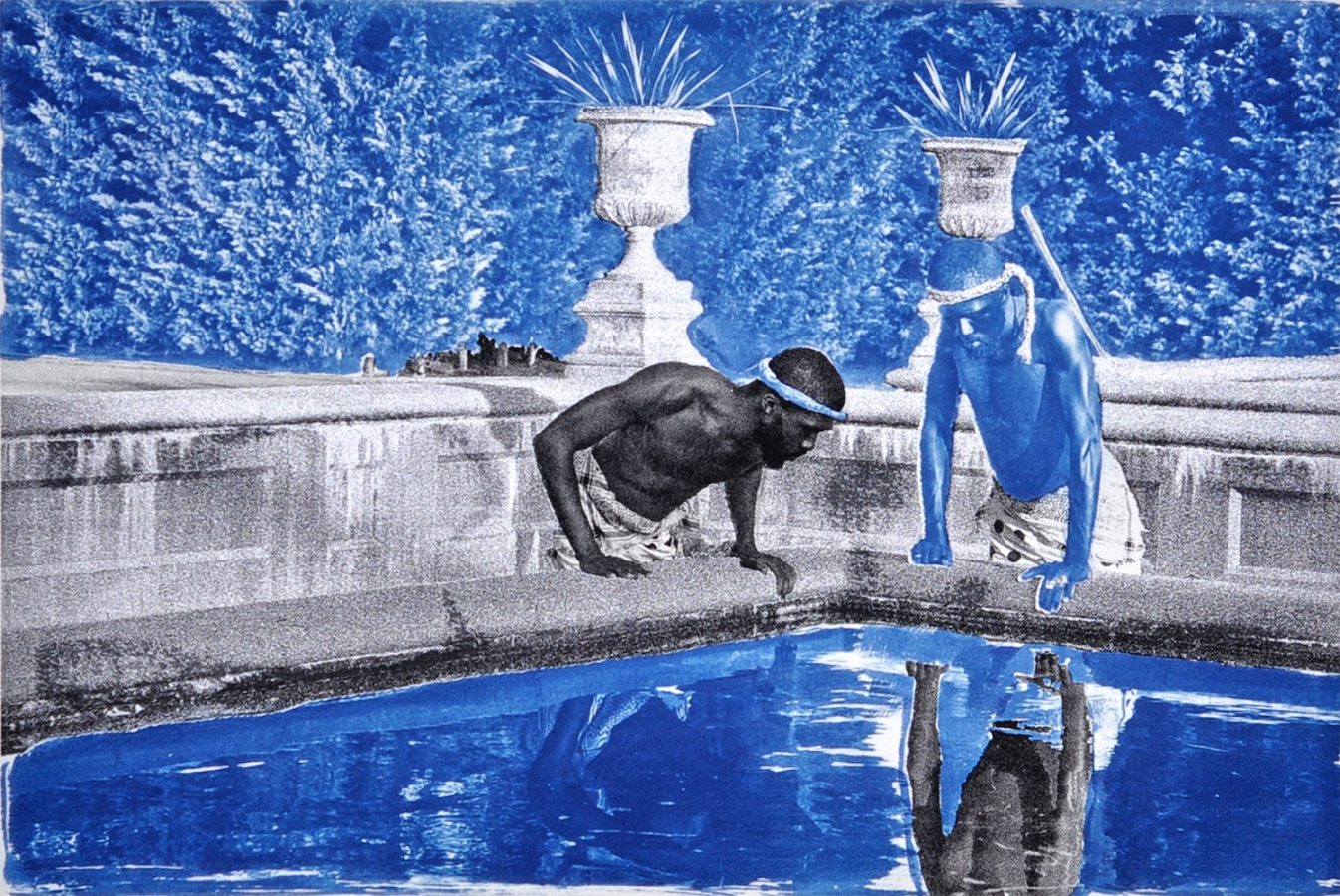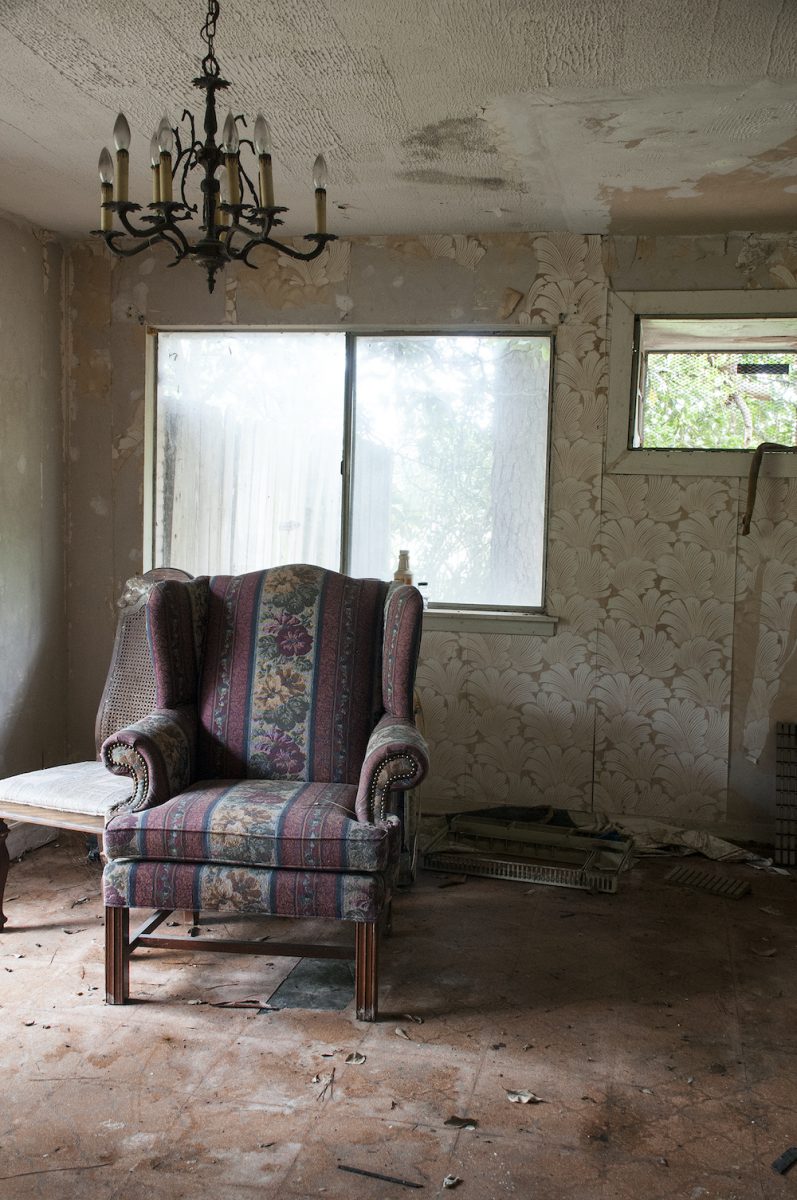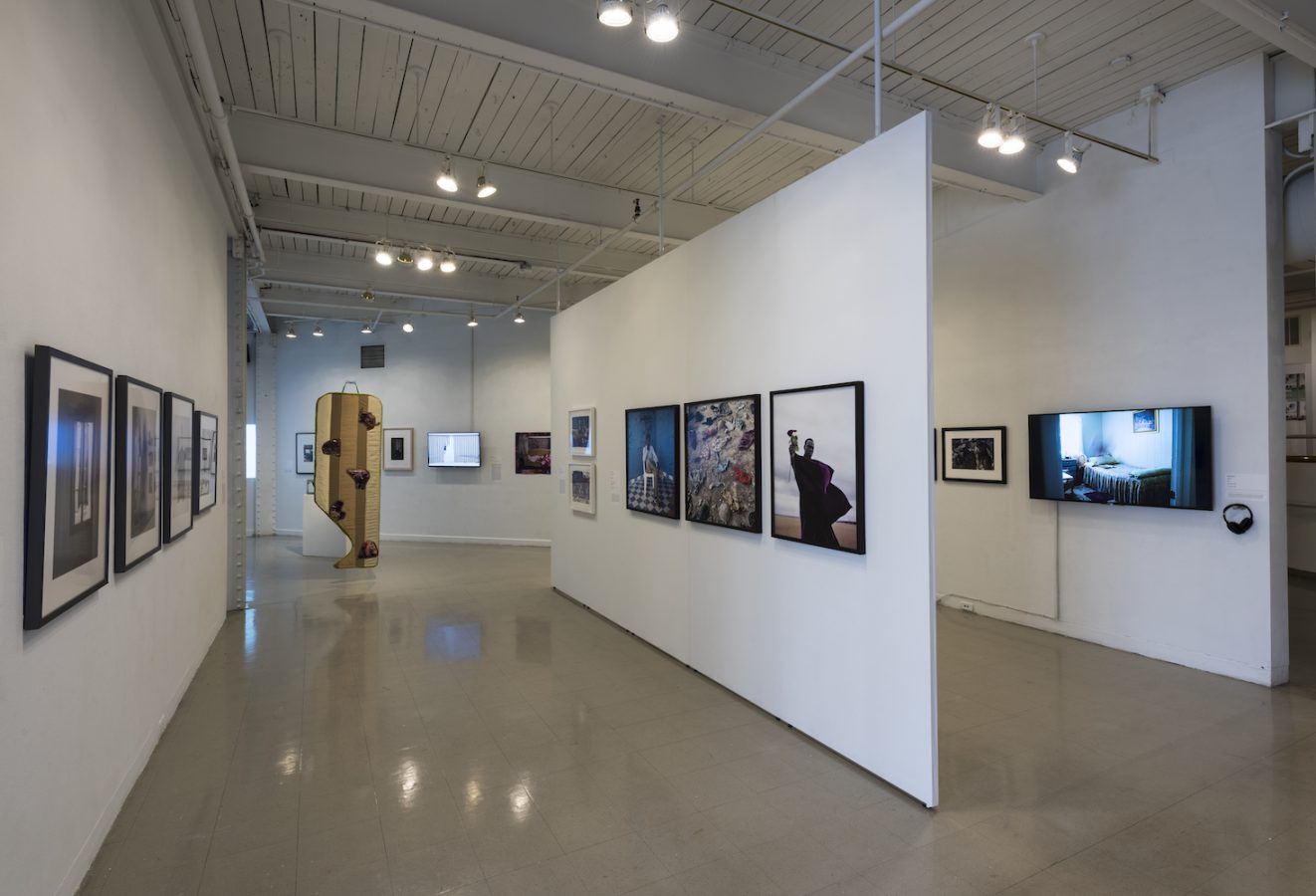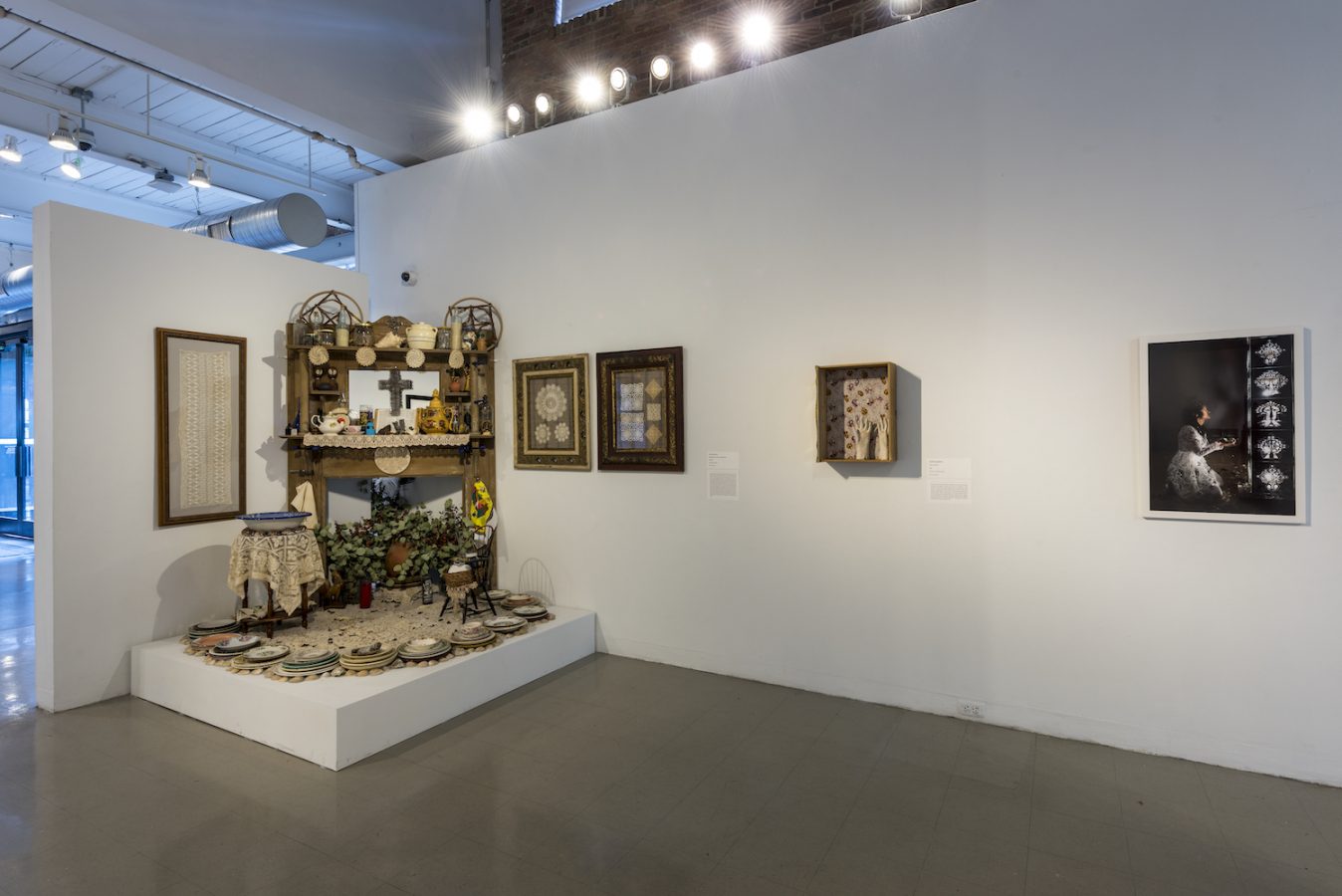“The danger of sympathizing with the stranger is the possibility of becoming a stranger. To lose one’s racialized rank is to lose one’s own valued and enshrined difference,” writes Toni Morrison in The Origin of Others. She writes that she has used narrative fiction as a tool to become “the Other. The stranger. With sympathy, clarity, and the risk of self-examination.”
Just as race, gender, and sexuality are used to create and perpetuate “the Other,” the imagined rank and valuation of nationhood and nationality is similarly violent. The way that mainstream media and political pundits, including the president, have demonized and distorted migrant populations as criminal hordes and drug-trafficking mules intent to steal American jobs, rape American women, and impede American freedoms is rhetoric as old as this nation. It is a foul vestige of colonization that reifies the most devastating tenets of white supremacy: This land was never made for you and me, indigenous populations, descendants of migrants or enslaved Africans; it is only for those who descend from “white” nations.
Migrations and Meaning(s) in Art, a group exhibition curated by the scholar, historian, and photographer Dr. Deborah Willis now on view in the MICA Fox Building’s Meyerhoff Gallery through March 15, bucks against harmful, false valuations of difference, prompting important questions about who those considerations have served, and who has been erased by the absurd constraints of those assessments. The exhibition grapples with both the affects and effects of migration. Photography, installation, and time-based works by 35 artists (including Carrie Mae Weems, Tsedaye Makonnen, Hank Willis Thomas, Leslie King-Hammond, Ana Teresa Fernández, Deyane Moses, and Adama Delphine Fawundu) pose compelling considerations about migration through the personal experiences and perspectives of those who have been impacted by it.
